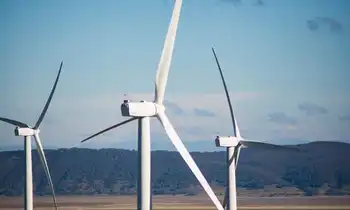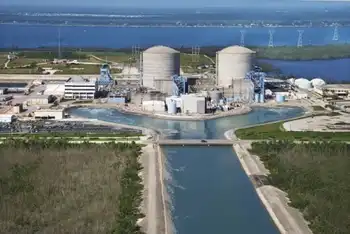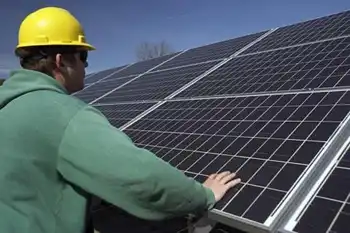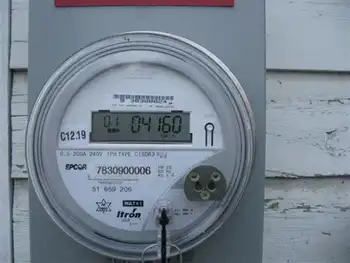Electrifying GO train system to be studied
By Toronto Star
Substation Relay Protection Training
Our customized live online or in‑person group training can be delivered to your staff at your location.

- Live Online
- 12 hours Instructor-led
- Group Training Available
Expected to cost more than $2 million, the study is the most comprehensive in GO's history, say transit officials, who are under pressure from the community concerned about diesel pollution to electrify the Georgetown line, due for a $1 billion expansion. The expansion is necessary for GO to offer two-way, all-day service to Brampton and Georgetown and to run a rail link between Union Station and Pearson airport.
This will be the first broad look at the health and community impacts, as well as the economics of electrification, Metrolinx officials said at a board meeting. Earlier studies examined electrifying the Lakeshore line only and focused on the cost of electric versus diesel.
This latest study will also consider alternative rail technologies.
But whether electric trains or clean diesel locomotives run up the expanded Georgetown corridor, it will be years before commuters in Brampton and Georgetown see all-day, two-way service, said Gary McNeil, managing director of GO, which has merged with Metrolinx.
Despite a Metrolinx report projecting 59 GO trains running up the corridor to Georgetown in 2015 when the expansion opens, McNeil said only 10 additional trains might be added to the existing 19.
About 460 trains are expected to use the lower ends of the corridor when expansion is complete, including about 140 that will provide a rail link between Union Station and Pearson, and those that branch off to Bolton, Barrie and Milton.
The study, to be finished next December, is critical for GO to make the business case for electrification in the future, which transit officials have been looking at for 30 years on the Lakeshore line, said McNeil.
Many Toronto residents living along the Georgetown line tracks say the study is a waste of time and money. A 2009 GO analysis showed it would cost about $1 billion to electrify the Lakeshore line.
But that outlay would be offset by $100 million in annual operational savings, said Keith Brooks of the Clean Train Coalition, which opposes diesel trains on the Georgetown line.
"That study clearly indicated this is the best economic case, not to mention all the environmental and health impacts," he said.











